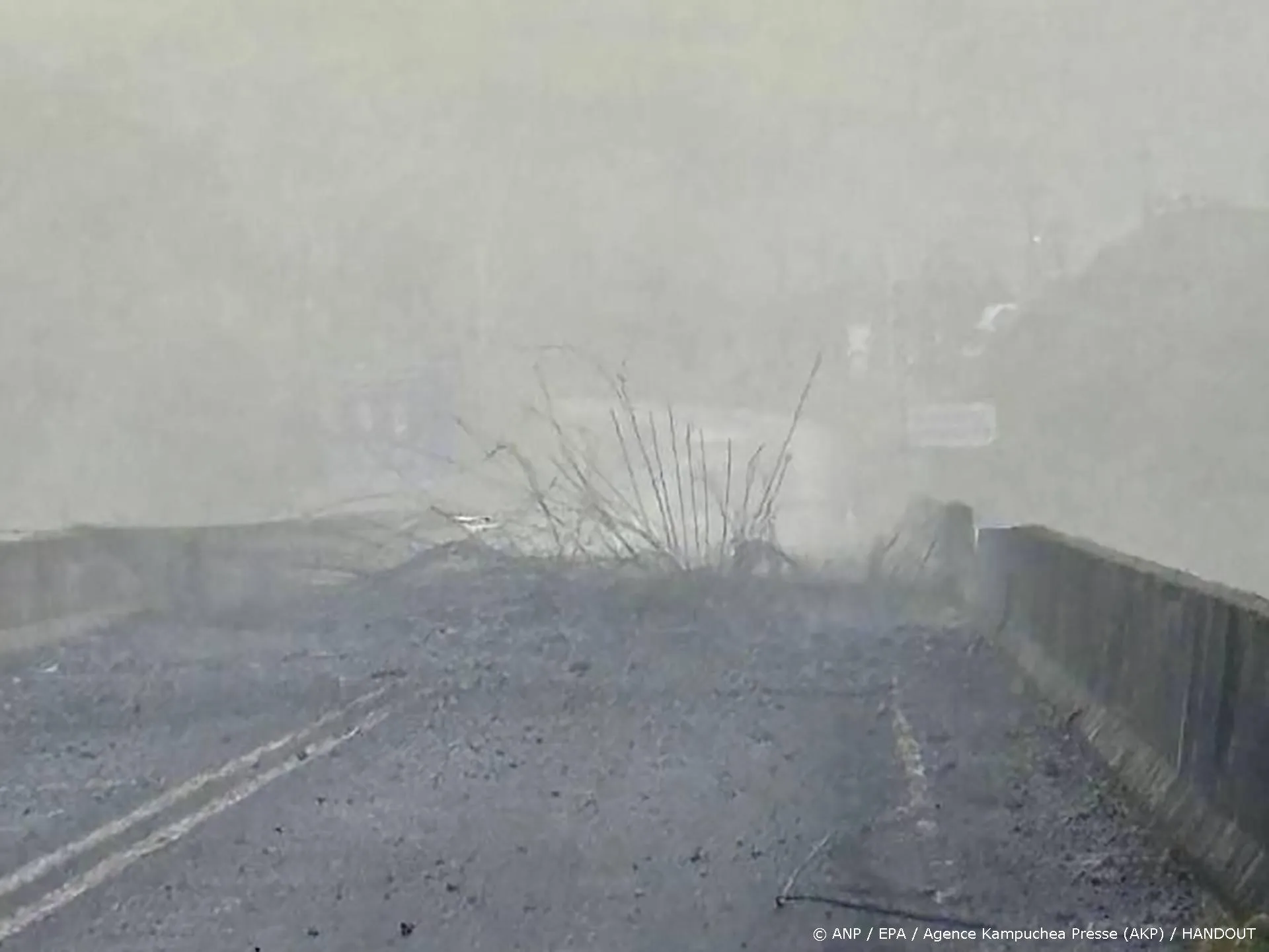Wetenschappelijke fraude en ketterij
De affaire rond de Groningse/Tilburgse sociaal psycholoog, Diederik Stapel, die data verzon onder meer om zijn eigen antipathie jegens de vleesetende medemens (hufters) 'wetenschappelijk' te onderbouwen, werd hoog opgespeeld in de media. En natuurlijk terecht! Immers, de wetenschap geniet in het algemeen het vertrouwen van de samenleving. Dat vertrouwen mag niet worden beschaamd. Er wordt van wetenschappers verwacht dat zij eerlijk, objectief en zorgvuldig zijn. Gaan zij in de fout, dan heeft dat niet alleen dramatische gevolgen voor henzelf (als het tenminste uitkomt hetgeen vaak niet het geval is), maar ook voor het aanzien van de wetenschap (en dus hun collega's). Tegelijkertijd is ook de (niet-carnivore) wetenschapper niets menselijks vreemd.
Het deed mij denken aan Jan Hendrik Schön - als wetenschapper rijk gelauwerd en zelfs getipt als toekomstig Nobelprijswinnaar - die werkzaam was bij het Bell laboratorium. In een onwaarschijnlijke tempo publiceerde hij opzienbarende artikelen over halfgeleiders, totdat bleek dat ook hij meetgegevens had verzonnen. Resultaat? Ontslag.
Of neem nu de Zuid-Koreaan Hwang Woo-suk, een van de pioniers op het gebied van stamcelonderzoek. Veel van zijn onderzoek bleek te zijn gemanipuleerd. Resultaat? Ontslag.
En zo zijn er nog vele voorbeelden. Alleen de sensationele gevallen komen natuurlijk in de media. Vele andere gevallen worden discreet intern afgehandeld. Nog meer worden waarschijnlijk nooit ontdekt.
Voor zover mij bekend is er weinig systematisch onderzoek naar wetenschappelijke fraude en aanverwante praktijken gedaan. Maar voor zover dat wèl het geval is, blijkt daaruit dat het meer voorkomt dan men gewoonlijk veronderstelt.
In een studie onder de titel, 'How Many Scientists Fabricate and Falsify Research? A Systematic Review and Meta-Analysis of Survey Data', schrijft Daniele Fanelli:
The frequency with which scientists fabricate and falsify data, or commit other forms of scientific misconduct is a matter of controversy. Many surveys have asked scientists directly whether they have committed or know of a colleague who committed research misconduct, but their results appeared difficult to compare and synthesize. This is the first meta-analysis of these surveys. To standardize outcomes, the number of respondents who recalled at least one incident of misconduct was calculated for each question, and the analysis was limited to behaviours that distort scientific knowledge: fabrication, falsification, cooking of data, etc Survey questions on plagiarism and other forms of professional misconduct were excluded. [Noot HL: bijv. in Nederland de Leidse psycholoog René Diekstra en in Duitsland de voormalig minister van Defensie: Karl -Theodor zu Guttenberg.]
The final sample consisted of 21 surveys that were included in the systematic review, and 18 in the meta-analysis. A pooled weighted average of 1.97% (...) of scientists admitted to have fabricated, falsified or modified data or results at least once a serious form of misconduct by any standard and up to 33.7% admitted other questionable research practices. In surveys asking about the behaviour of colleagues, admission rates were 14.12% ( ) for falsification, and up to 72% for other questionable research practices. Meta-regression showed that self reports surveys, surveys using the words falsification or fabrication, and mailed surveys yielded lower percentages of misconduct. When these factors were controlled for, misconduct was reported more frequently by medical/pharmacological researchers than others. Considering that these surveys ask sensitive questions and have other limitations, it appears likely that this is a conservative estimate of the true prevalence of scientific misconduct.
Kortom, ook wetenschap blijkt mensenwerk te zijn met de daarbij behorende menselijke tekortkomingen. En die menselijke tekortkomingen manifesteren zich niet alleen in fraude en soortgelijke praktijken, maar ook in aanvankelijk legitieme verschillen van inzicht in hoe de werkelijkheid in elkaar steekt. Wetenschappers kunnen zich daarbij zó diep vastbijten in hun eigen gelijk dat zij hun collega's, die daarover andere opvattingen hebben, gaan bestrijden met onfrisse methoden.
In een recente voordracht in Edinburgh gaf Matt Ridley een aantal voorbeelden van de wijze waarop wetenschappelijke ketters worden behandeld.
My topic today is scientific heresy. When are scientific heretics right and when are they mad? How do you tell the difference between science and pseudoscience? Let us run through some issues, starting with the easy ones.
Astronomy is a science; astrology is a pseudoscience.
Evolution is science; creationism is pseudoscience.
Molecular biology is science; homeopathy is pseudoscience.
Vaccination is science; the MMR scare is pseudoscience.
Oxygen is science; phlogiston was pseudoscience.
Chemistry is science; alchemy was pseudoscience.
Are you with me so far? ...
Three more controversial ones. In my view, most of what Freud said was pseudoscience.
So is quite a lot, though not all, of the argument for organic farming. So, in a sense by definition, is religious faith. It explicitly claims that there are truths that can be found by other means than observation and experiment.
Now comes one that gave me an epiphany. Crop circles. It was blindingly obvious to me that crop circles were likely to be man-made when I first starting investigating this phenomenon. I made some myself to prove it was easy to do. ... Every other explanation ley lines, alien spacecraft, plasma vortices, ball lightning was balderdash. The entire field of cereology was pseudoscience, as the slightest brush with its bizarre practitioners easily demonstrated. Imagine my surprise then when I found I was the heretic and that serious journalists working not for tabloids but for Science Magazine, and for a Channel 4 documentary team, swallowed the argument of the cereologists that it was highly implausible that crop circles were all man-made.
So I learnt lesson number 1: the stunning gullibility of the media. Put an ology after your pseudoscience and you can get journalists to be your propagandists.
Maar het onderscheid is toch niet zo eenvoudig.
[..] many scientific truths began as heresies and fought long battles for acceptance against entrenched establishment wisdom that now appears irrational: continental drift, for example. Barry Marshall was not just ignored but vilified when he first argued that stomach ulcers are caused by a particular bacterium. Antacid drugs were very profitable for the drug industry. Eventually he won the Nobel prize. Just this month Daniel Shechtman won the Nobel prize for quasi crystals, having spent much of his career being vilified and exiled as a crank. I was thrown out of my research group. They said I brought shame on them with what I was saying.
Hoe komt het dat pseudo-wetenschappelijke ideeën toch zo lang stand houden?
What sustains pseudoscience is confirmation bias. We look for and welcome the evidence that fits our pet theory; we ignore or question the evidence that contradicts it. We all do this all the time. Its not, as we often assume, something that only our opponents indulge in. I do it, you do it, it takes a superhuman effort not to do it. That is what keeps myths alive, sustains conspiracy theories and keeps whole populations in thrall to strange superstitions.
Kortom het heeft niets met complotten te maken, maar met een universele menselijke eigenschap, waarmee iedereen is behept.
Als we deze gedachtengang nu op de klimatologie toepassen, wat is dan het resultaat?
[ ] I am now going to plunge into an issue on which almost all the experts are not only confident they can predict the future, but absolutely certain their opponents are pseudoscientists. It is an issue on which I am now a heretic. I think the establishment view is infested with pseudoscience. The issue is climate change. Now before you all rush for the exits, and I know it is traditional to walk out on speakers who do not toe the line on climate at the RSA I saw it happen to Bjorn Lomborg last year when he gave the Prince Philip lecture let me be quite clear. I am not a denier. I fully accept that carbon dioxide is a greenhouse gas, the climate has been warming and that man is very likely to be at least partly responsible. When a study was published recently saying that 98% of scientists believe in global warming, I looked at the questions they had been asked and realized I was in the 98%, too, by that definition, though I never use the word believe about myself. Likewise the recent study from Berkeley, which concluded that the land surface of the continents has indeed been warming at about the rate people thought, changed nothing.
So whats the problem? The problem is that you can accept all the basic tenets of greenhouse physics and still conclude that the threat of a dangerously large warming is so improbable as to be negligible, while the threat of real harm from climate-mitigation policies is already so high as to be worrying, that the cure is proving far worse than the disease is ever likely to be. Or as I put it once, we may be putting a tourniquet round our necks to stop a nosebleed.
I also think the climate debate is a massive distraction from much more urgent environmental problems like invasive species and overfishing. I was not always such a lukewarmer. In the mid 2000s one image in particular played a big role in making me abandon my doubts about dangerous man-made climate change: the hockey stick. It clearly showed that something unprecedented was happening. I can remember where I first saw it at a conference and how I thought: aha, now there at last is some really clear data showing that todays temperatures are unprecedented in both magnitude and rate of change and it has been published in Nature magazine.
Yet it has been utterly debunked by the work of Steve McIntyre and Ross McKitrick. I urge you to read Andrew Montfords careful and highly readable book The Hockey Stick Illusion. Here is not the place to go into detail, but briefly the problem is both mathematical and empirical. The graph relies heavily on some flawed data strip-bark tree rings from bristlecone pines -- and on a particular method of principal component analysis, called short centering, that heavily weights any hockey-stick shaped sample at the expense of any other sample. When I say heavily I mean 390 times.
For, apart from the hockey stick, there is no evidence that climate is changing dangerously or faster than in the past, when it changed naturally. It was warmer in the Middle ages and medieval climate change in Greenland was much faster. Stalagmites, tree lines and ice cores all confirm that it was significantly warmer 7000 years ago. Evidence from Greenland suggests that the Arctic ocean was probably ice free for part of the late summer at that time. Sea level is rising at the unthreatening rate about a foot per century and decelerating. Greenland is losing ice at the rate of about 150 gigatonnes a year, which is 0.6% per century. There has been no significant warming in Antarctica, with the exception of the peninsula. Methane has largely stopped increasing. Tropical storm intensity and frequency have gone down, not up, in the last 20 years. Your probability of dying as a result of a drought, a flood or a storm is 98% lower globally than it was in the 1920s. Malaria has retreated not expanded as the world has warmed. And so on.
Ive looked and looked but I cannot find one piece of data as opposed to a model that shows either unprecedented change or change is that is anywhere close to causing real harm. Meanwhile, I see confirmation bias everywhere in the climate debate. Hurricane Katrina, Mount Kilimanjaro, the extinction of golden toads all cited wrongly as evidence of climate change. A snowy December, the BBC lectures us, is just weather; a flood in Pakistan or a drought in Texas is the sort of weather we can expect more of. A theory so flexible it can rationalize any outcome is a pseudoscientific theory.
En toen was er Climategate.
To see confirmation bias in action, you only have to read the climategate emails, documents that have undermined my faith in this countrys scientific institutions. It is bad enough that the emails unambiguously showed scientists plotting to cherry-pick data, subvert peer review, bully editors and evade freedom of information requests. Whats worse, to a science groupie like me, is that so much of the rest of the scientific community seemed OK with that. They essentially shrugged their shoulders and said, yeh, big deal, boys will be boys.
Maar Diederik Stapel's verzonnen metingen hebben geen of nauwelijks maatschappelijke gevolgen. Waarom zouden we er ons dan zo druk over maken? Dat geldt echter niet voor klimaat.
Well heres why it matters. The alarmists have been handed power over our lives; the heretics have not. Remember Britains unilateral climate act is officially expected to cost the hard-pressed UK economy £18.3 billion a year for the next 39 years and achieve an unmeasurably small change in carbon dioxide levels. At least sceptics do not cover the hills of Scotland with useless, expensive, duke-subsidising wind turbines whose manufacture causes pollution in Inner Mongolia and which kill rare raptors such as this griffon vulture. At least crop circle believers cannot almost double your electricity bills and increase fuel poverty while driving jobs to Asia, to support their fetish. At least creationists have not persuaded the BBC that balanced reporting is no longer necessary. At least homeopaths have not made expensive condensing boilers, which shut down in cold weather, compulsory, as John Prescott did in 2005. At least astrologers have not driven millions of people into real hunger, perhaps killing 192,000 last year according to one conservative estimate, by diverting 5% of the worlds grain crop into motor fuel. Thats why it matters.
Weve been asked to take some very painful cures. So we need to be sure the patient has a brain tumour rather than a nosebleed.
Conclusie:
Ive spent a lot of time on climate, but it could have been dietary fat, or nature and nurture. My argument is that like religion, science as an institution is and always has been plagued by the temptations of confirmation bias. With alarming ease it morphs into pseudoscience even perhaps especially in the hands of elite experts and especially when predicting the future and when theres lavish funding at stake. It needs heretics.
Het is al met al een briljant betoog.
Hier is het hele verhaal te vinden.
Verplichte lectuur!
Ga verder met lezen
Dit vind je misschien ook leuk
Laat mensen jouw mening weten
Lees ook
Loading


